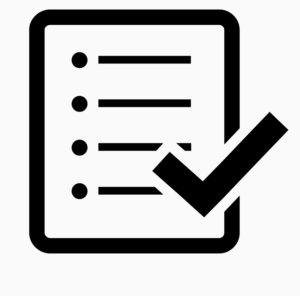Recommendations and Guidelines
Plan Content
 Planning your course gains special importance in a remote or online environment where adjustments to structure, content, and instructions can be challenging to make due to the asynchronous nature of the medium. This can be alleviated by carefully planning how you will introduce and reinforce your content and associated learning outcomes.
Planning your course gains special importance in a remote or online environment where adjustments to structure, content, and instructions can be challenging to make due to the asynchronous nature of the medium. This can be alleviated by carefully planning how you will introduce and reinforce your content and associated learning outcomes.
1. Use constructive alignment to ensure all course elements fit together
Constructive alignment is a process that helps you identify teaching and learning activities as well as assessment tasks that are directly linked to the intended learning outcomes. Through this process, Bloom’s taxonomy is helpful in determining learning outcomes at an appropriate cognitive, psycho-motor, and affective levels.
TOOLS
- Use the Teaching Commons’ Course Conversion Plan Template for moving from in-class to remote delivery
- Use the Teaching Commons’ Online Course Plan Template for designing a course from scratch
2. Use a pedagogical model to frame your course
Design course components such as outcomes, activities, etc. using evidence-based pedagogical frameworks and models that increase efficiency and ensure the effectiveness of the learning experience provided to your students.
TOOLS
RESOURCES

